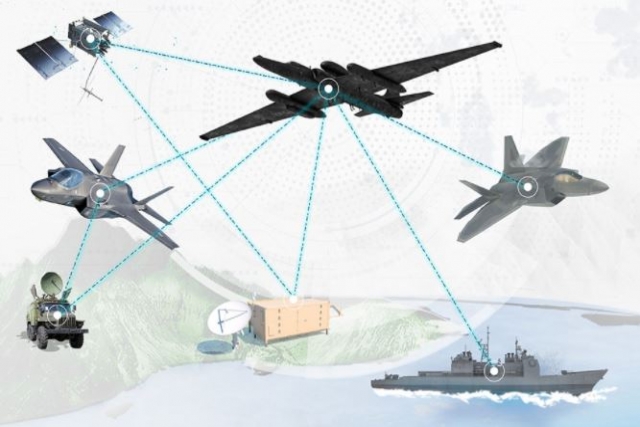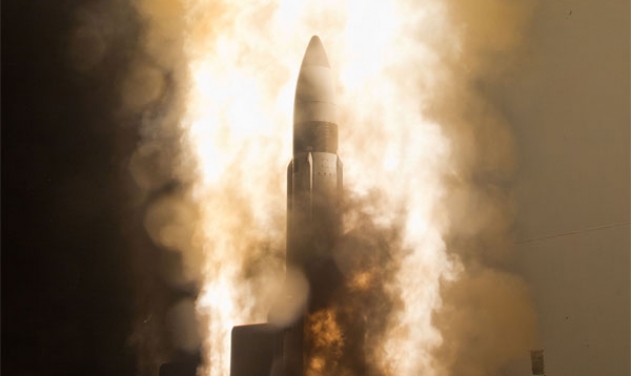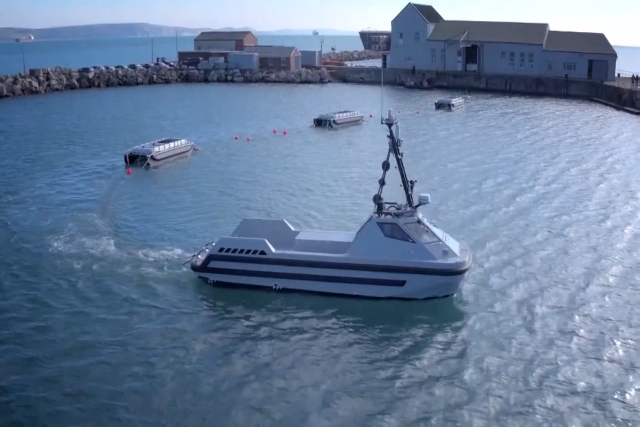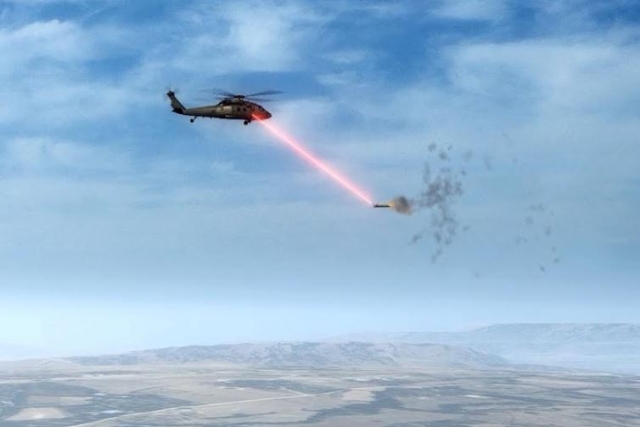U.S. F-35, PAC-3 Team Up to Defeat Target for the First Time
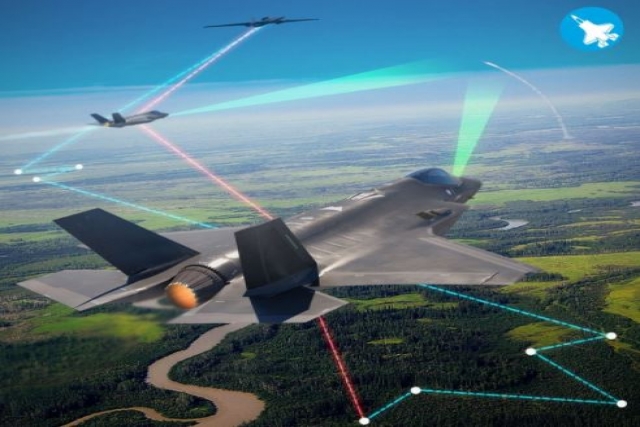
In a U.S. Army test held in mid-July, a PAC-3 missile successfully intercepted a target using data transferred by an F-35 fighter.
The missile hit a surrogate cruise missile threat at White Sands Missile Range (WSMR), New Mexico, using F-35 as an elevated sensor. It marked a first in one flight test – F-35 data contributing to the global track used by the U.S. Army Integrated Air and Missile Defense Battle Command System (IBCS) to live fire a PAC-3, Lockheed Martin said in a statement July 15.
IBCS, developed by Northrop Grumman, used the F-35 data with other contributing sensor data to initiate the launch of the PAC-3 to neutralize the incoming threat, using combat-proven Hit-to-Kill technology unique to the Lockheed Martin interceptor.
“Threats continue to evolve, and it’s important that we always stay ahead of them. This flight test shows the impact of what we can do in Joint All Domain Operations (JADO) when we use the U.S. Army’s IBCS and airborne communications gateways to bring together the world’s only combat-proven Hit-to-Kill interceptor with the world’s most advanced fighter jet,” said Brenda Davidson, vice president of PAC-3 Programs.
F-35 intelligence, surveillance, and reconnaissance (ISR) track data was used with IBCS for the first time during OFE 19-2 to enhance situational awareness and provide weapons-quality track data to engage airborne targets with a virtual PAC-3. In December 2019, F-35s were used to provide track data to IBCS to successfully intercept near simultaneous air-breathing threats in a test at White Sands Missile Range, New Mexico.
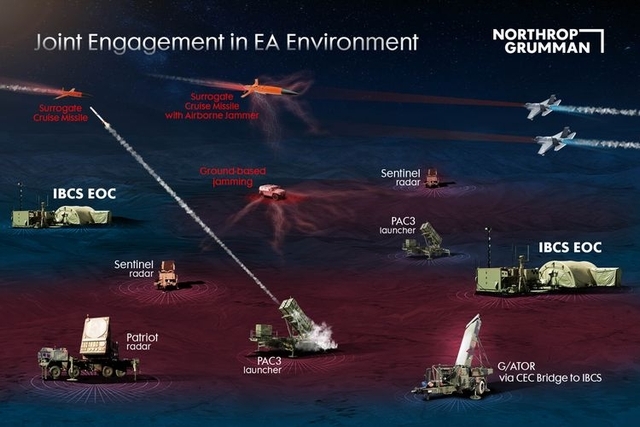
A Northrop Grumman release said:
Two surrogate cruise missiles were launched in the test, one performing the electronic attack mission to disrupt radar performance, and the other flying a threat profile targeting friendly assets. Soldiers of the 3-6 Air and Missile Defense Test Detachment used IBCS to track the surrogate cruise missile targets, identify the threatening missile, and launch a Patriot Advanced Capability Three (PAC-3) interceptor.
The latest flight test success integrated the widest variety of sensors to date on the IFCN for an IBCS test, including one Marine Corps G/ATOR, two Army Sentinel radars, one Army Patriot radar and two U.S. Air Force F-35 fighter aircraft.
The Gallium Nitride-based AN/TPS-80 G/ATOR is a digital, software-defined advanced Active Electronically Scanned Array (AESA) multi-mission radar that provides comprehensive real time, full-sector, 360-degree situational tracking against a broad array of threats.
